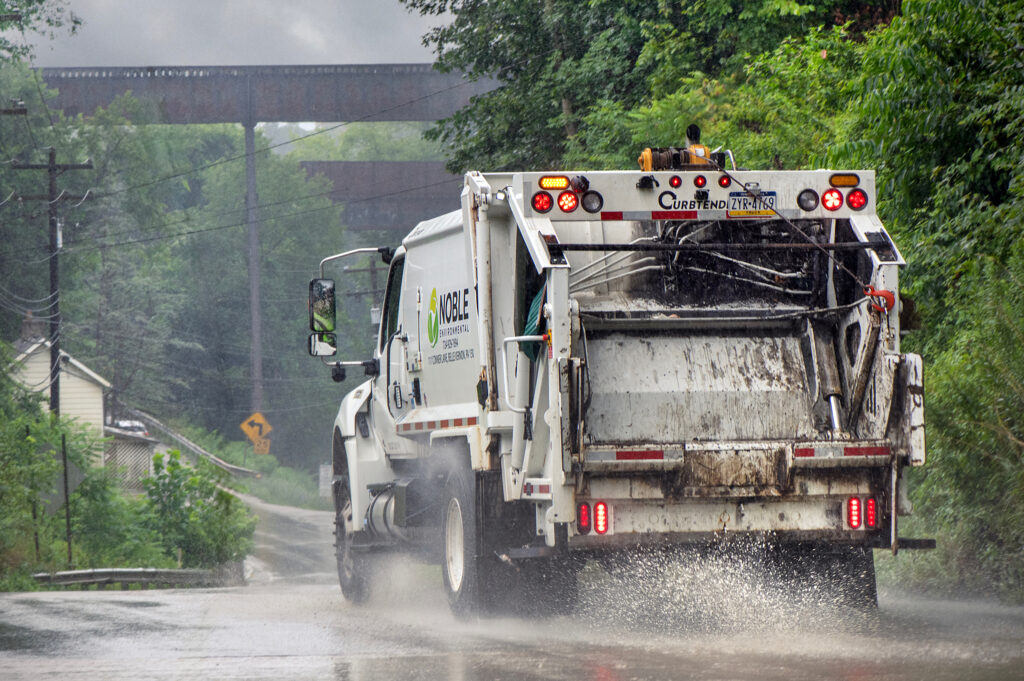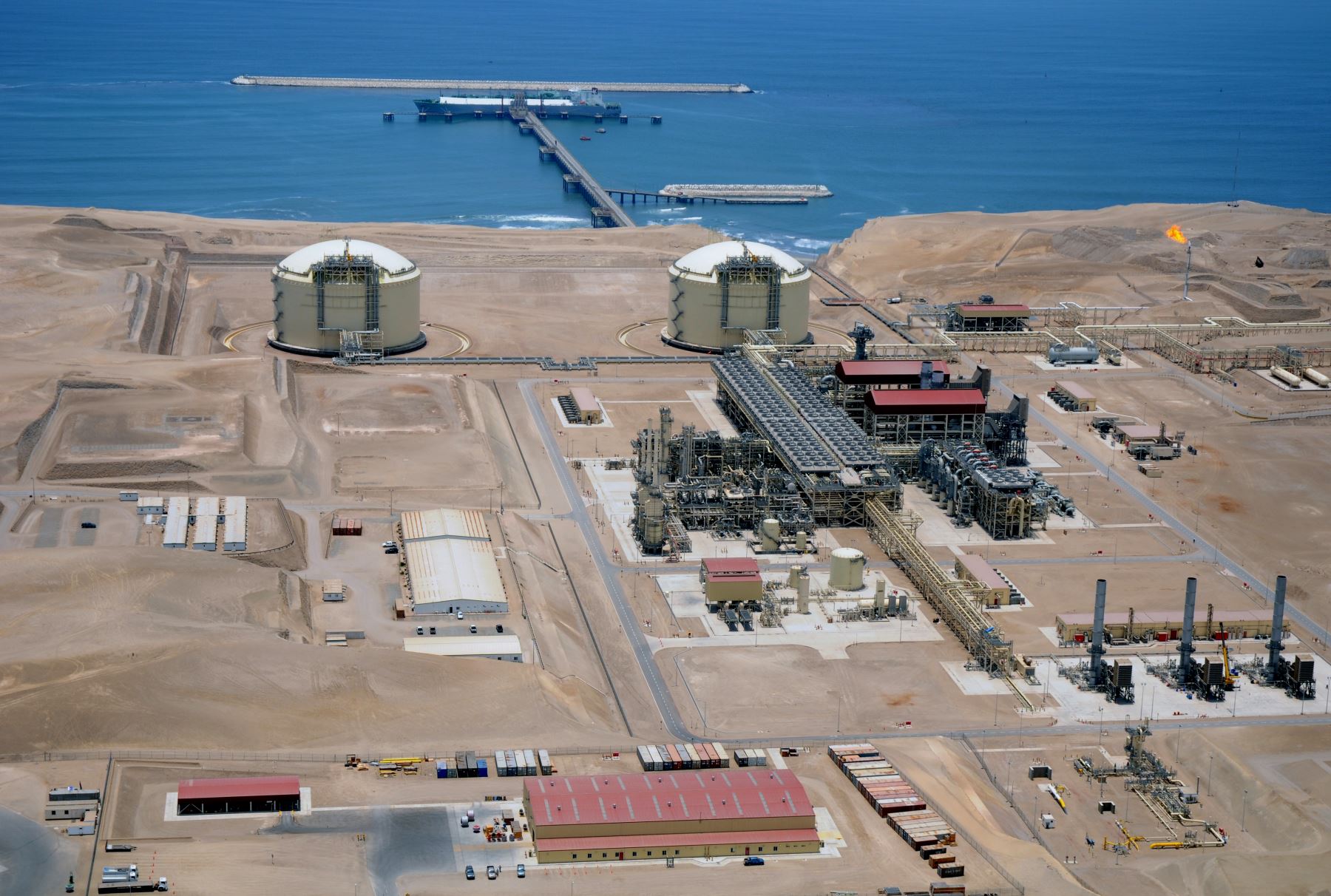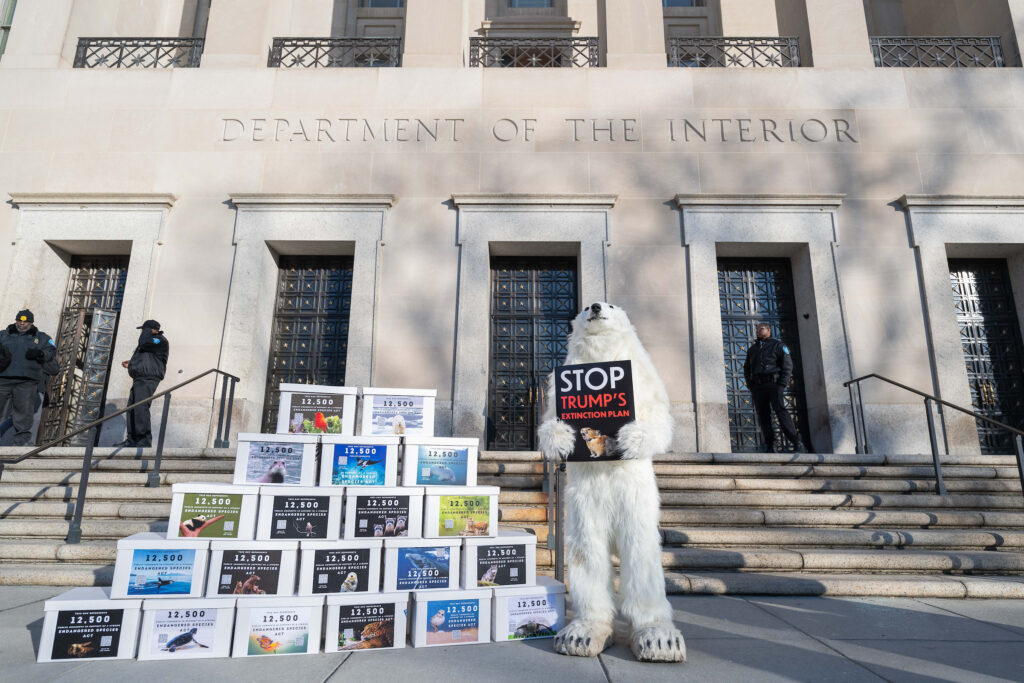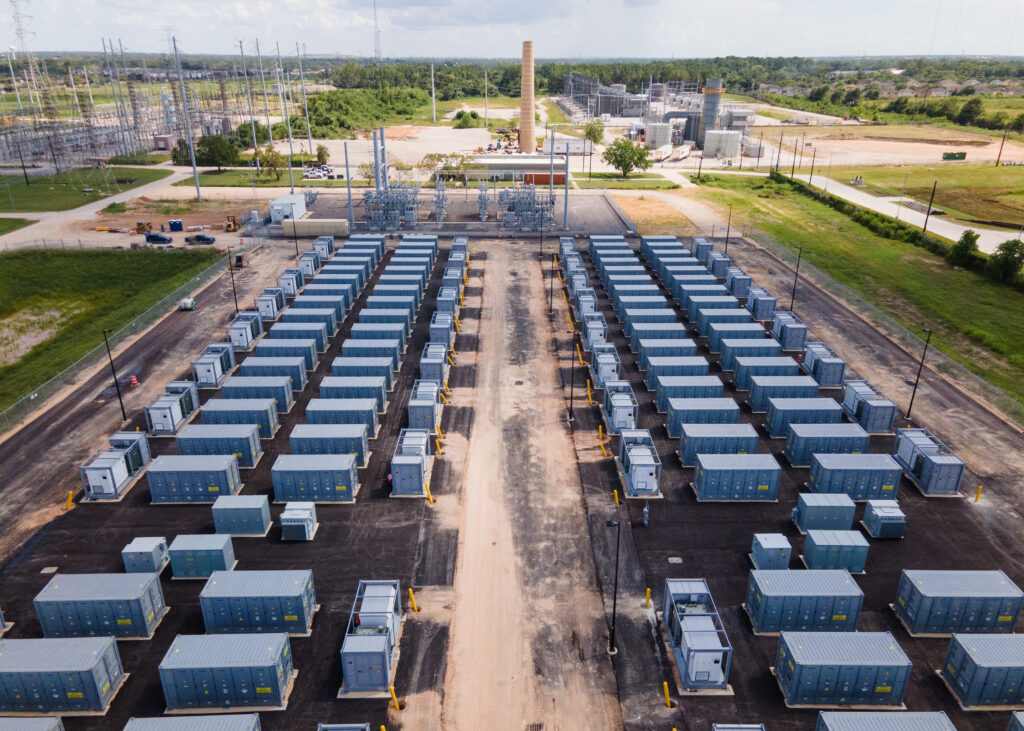The Ottumwa-Midland Landfill holds ash from one of Iowa’s few remaining coal power plants.
A stew of substances marinates within the landfill’s basin that, at high enough concentrations, is hazardous to human health.
Any liquid discharges from the landfill are subject to state and federal rules governing safe treatment and disposal. But the rules aren’t so clear when it comes to the groundwater pumped out from beneath the landfill.
That water—and the chemicals it contains— are at the center of a regulatory battle between the landfill’s parent company, the Iowa Department of Natural Resources and environmental groups pushing for an end to coal energy in the state.
The worsening pollution of Iowa waterways has prompted the Iowa Environmental Council and its peer organizations to call for public engagement with the permit process and stricter regulation of the landfill’s discharges. The DNR will hold a virtual public hearing regarding proposed changes to the coal plant’s wastewater permit at 10 a.m. Wednesday, September 3.
While the agency must notify residents of any planned changes to wastewater permits in their area, such a hearing is practically unheard of, said Michael Schmidt, general counsel for the Iowa Environmental Council.
“I don’t think there are very many [permit notices] that people pay attention to,” said Schmidt. But after threatening to sue the landfill’s owner over a previous permit, environmental groups were prepared to flag the latest notice.
“Pollutants of Concern”
The Ottumwa-Midland Landfill, operated by Interstate Power and Light, a subsidiary of Midwest utility company Alliant Energy, receives coal combustion waste from Alliant’s Ottumwa Generating Station a few miles down the road.
Buried in silt and shale beneath the landfill’s clay liner, a network of pipes known as the “underdrain” diverts groundwater away from the toxic coal combustion residuals within. The underdrain is designed to prevent contamination by collecting and removing up to 84,000 gallons of groundwater daily.
“But what’s happening is the underdrain is collecting water that has the same chemicals that you would find in coal ash or coal leachate,” said Pam Mackey Taylor, director of the Iowa chapter of the Sierra Club.

Sampling by Alliant Energy has revealed 22 “pollutants of concern” in the underdrain operation. Many of these, such as arsenic, cobalt, iron, lithium, molybdenum and selenium are the same heavy metals and pollutants found in coal ash.
The Sierra Club, Iowa Environmental Coalition and Environmental Law and Policy Center have been vocal advocates for stricter treatment requirements for the groundwater expelled by the coal ash landfill.
“It is just not a reasonable thing to be discharging this chemically laden water,” said Mackey Taylor.
Alliant maintains that underdrain pollutants are naturally occurring.
“Alliant Energy has no reason to believe the groundwater discharged by the underdrain system has been in contact with the waste contained within Ottumwa-Midland Landfill or contaminated by Alliant Energy site operations,” a spokesperson for the company wrote in an email to Inside Climate News. “Driven by our mission and core values, we are steadfast in our commitment to environmental compliance including abiding by all regulated and required groundwater monitoring processes.”
Over the last few years, Alliant has proposed multiple permits for discharging underdrain water, all met with rejection by the state DNR or legal challenges from environmental law groups. Yet without installing water-treatment technology, they have limited options for disposing of the polluted water.
Since 1994, Alliant has discharged underdrain water from the Ottumwa landfill into a nearby wetland under a stormwater permit. But by 2023, it was clear that the contaminated underdrain water no longer qualified for a general stormwater permit, explained Joshua Smith, senior attorney for the Sierra Club.
In August 2023, the Iowa Department of Natural Resources flagged this issue, informing Alliant that a stormwater permit couldn’t be used to discharge contaminated groundwater. The department informed the company the landfill should seek an individual National Pollutant Discharge Elimination System permit for the underdrain water being discharged into the wetland.
But Alliance didn’t ask for that permit. Instead, over a year later, in December 2024, they applied for a permit that would allow them to pipe untreated underdrain water to the nearby Des Moines River.


In response to Alliant’s request for a permit to discharge water to the Des Moines River, the IEC, Sierra Club Iowa and ELPC issued a joint notice of intent to sue for violation of the Clean Water Act.
In their letter of intent, sent to Alliant in March, the organizations calculated the potential annual quantity of toxins and pollutants that could be discharged into the Des Moines River via underdrain water, based on the landfill’s monitoring data and maximum daily pumping capacity.
Over 573,000 pounds of untreated pollutants could be discharged from the landfill to the river each year, they estimated. Their estimated concentrations of four pollutants—cobalt, lithium, manganese and molybdenum—exceeded groundwater protection standards under the Safe Drinking Water Act.
Not only had Alliant discharged pollutants into U.S. waters without permit authorization, the environmental organizations also alleged that Alliant violated the terms of their stormwater general permit by taking more than a year to apply for an individual pollution discharge permit after being notified by the DNR.
In a response letter, Priyanth Manjooran, senior counsel for Alliant, called “a significant portion” of the claims made in the notice “misleading or incorrect.”
Nonetheless, Alliant dropped the permit and potential lawsuit and instead arranged to truck underdrain water and coal leachate to the Ottumwa Water Pollution Control Facility.
In May, Alliant signed a “significant industrial user” permit with the city of Ottumwa, installing storage tanks at the landfill site and arranging for a hauler to truck underdrain water to the Ottumwa wastewater facility four days a week. Industrial customers such as Alliant contribute about 1 percent of the wastewater processed at the treatment plant, said Phillip Burgmeier, the facility director.
“With the institution of this program, there is no longer a basis for contending that groundwater from the OML underdrain system does not comply with applicable requirements of the federal Clean Water Act,” Manjooran wrote in his letter to the prospective plaintiffs.
“Do Something”
Since May, underdrain water has been collected onsite and trucked to the municipal wastewater treatment facility, where it is combined with the city’s wastewater, then treated and discharged into the Des Moines River or spread on nearby fields as biosolids.
This solution allows Alliant to dodge a Clean Water Act lawsuit without adding meaningful environmental protections, said Mackey Taylor, of the Sierra Club. She questions whether the sewage treatment plant is equipped to remove coal combustion residuals from water before discharging to the Des Moines River.
The Ottumwa wastewater treatment plant has said that there are no operational issues with accepting the landfill waste.
This story is funded by readers like you.
Our nonprofit newsroom provides award-winning climate coverage free of charge and advertising. We rely on donations from readers like you to keep going. Please donate now to support our work.
Donate Now
The landfill’s permit with the wastewater treatment plant requires the company to test for trace minerals molybdenum and selenium twice a month and sulfates once a month, said Burgmeier.
“Those are the three things that our coordinator wanted ongoing testing for because they thought that they could be an issue. But none of them have increased. They haven’t been an issue,” he said.
Diverting discharges to a municipal water treatment facility unfairly shifts the financial and public health burden of pollution management from coal plants to municipalities, argues Smith, of the Sierra Club.
“Trucking this waste to Ottumwa to deal with may be marginally better than dumping it right into the Des Moines River untreated, but it’s a little bit like dumping your used motor oil into the drain right outside your house,” said Smith. “While it may be marginally better than you going down the street and dumping your used motor oil right into the Des Moines River, it’s not really an adequate substitute for the treatment that the company should be using here.”
Smith and his colleagues at the Iowa Environmental Council and Environmental Law and Policy Center have continued to press the DNR to intervene in the agreement between the city of Ottumwa and the landfill.
They argue that the underdrain water should be treated as unmanaged coal leachate and is thus subject to the EPA’s rules regarding leachate treatment and discharge. The EPA revised those effluent limitation guidelines in 2024, requiring that numeric arsenic and mercury limits be set on any untreated leachate discharges.
“Although the [Ottumwa] permit includes numeric discharge limits for several pollutants typically found in leachate wastewater discharges, the permit limits are woefully inadequate to ensure compliance with EPA’s [Effluent Limitation Guidelines] Rule,” the coalition wrote in a letter to the DNR.
“Trucking this waste to Ottumwa to deal with may be marginally better than dumping it right into the Des Moines River untreated, but it’s a little bit like dumping your used motor oil into the drain right outside your house.”
— Joshua Smith, Sierra Club
The DNR maintains that the underdrain water, though contaminated, does not count as landfill leachate.
The underdrains “exhibit characteristics similar to the upgradient groundwater, so the underdrain groundwater is considered naturally occurring,” wrote Wendy Hieb, industrial NPDES & operation permit coordinator for Iowa DNR, in an email to ICN.
The DNR continues to require monitoring and reporting of the groundwater underdrain systems on an annual basis and has been in contact with the Ottumwa pretreatment coordinator to ensure that the correct pollutant limits are included in the agreement with the landfill, wrote Hieb.
Pollutants in groundwater could originate from buried coal seams beneath Ottumwa, suggested Burgmeier, at the Ottumwa wastewater treatment plant. Alliant’s annual water quality report for the landfill also claims there is “evidence of historical underground mining of coal beds at the OML site.”
While Ottumwa drinking water comes from the Des Moines River and Ottumwa Reservoir, not groundwater, Alliant’s discharge of polluted groundwater into surface waters has the potential to impact those sources, said Mackey Taylor.
Alliant and the environmental organizations agree on one point: trucking water to Ottumwa WPCF is unsustainable.
“This is not a long-term solution,” said Schmidt, the lawyer for the Iowa Environmental Council who co-authored the notice of intent to sue. “There is a higher operational cost to keep doing that indefinitely.”
An Alliant representative described the trucking system as, “a proactive move forward as we continued to work with the Iowa Department of Natural Resources (“Iowa DNR”) on a longer-term solution.”
The Alliant spokesperson added that a new analysis exploring the financial and environmental costs of alternative solutions is out for public comment.
Completed by third-party civil engineering firm HR Green, the analysis estimates pollutant concentrations in the underdrain based on monitoring data collected since 2018.
The analysis estimated that iron is the only chemical to exceed allowable concentrations for discharge into nearby wetlands. However, the analysis notes, four metals detected in the discharge do not have a numeric “allowable concentration” in Iowa’s water quality standards: calcium, lithium, magnesium and molybdenum. This means that the state offers no guidance on what constitutes safe levels of those metals.
The Environmental Working Group classifies molybdenum as a drinking water contaminant, while the EPA requires public water systems to monitor lithium as one of 30 “unregulated contaminants.”
The new analysis recommends that Alliant address the elevated iron in its underdrain water by installing iron-removing bag filters at the outflow before n releasing the water into neighboring wetlands. This pre-treatment would reduce iron in underdrain water before it is discharged, but would not address any other pollutants of concern.
The cause of the underdrain water pollution is less important than how Alliant handles that pollution in water it discharges, said Schmidt.
“If you are discharging that water and it’s polluted, you have to do something about it,” he said.
About This Story
Perhaps you noticed: This story, like all the news we publish, is free to read. That’s because Inside Climate News is a 501c3 nonprofit organization. We do not charge a subscription fee, lock our news behind a paywall, or clutter our website with ads. We make our news on climate and the environment freely available to you and anyone who wants it.
That’s not all. We also share our news for free with scores of other media organizations around the country. Many of them can’t afford to do environmental journalism of their own. We’ve built bureaus from coast to coast to report local stories, collaborate with local newsrooms and co-publish articles so that this vital work is shared as widely as possible.
Two of us launched ICN in 2007. Six years later we earned a Pulitzer Prize for National Reporting, and now we run the oldest and largest dedicated climate newsroom in the nation. We tell the story in all its complexity. We hold polluters accountable. We expose environmental injustice. We debunk misinformation. We scrutinize solutions and inspire action.
Donations from readers like you fund every aspect of what we do. If you don’t already, will you support our ongoing work, our reporting on the biggest crisis facing our planet, and help us reach even more readers in more places?
Please take a moment to make a tax-deductible donation. Every one of them makes a difference.
Thank you,

















